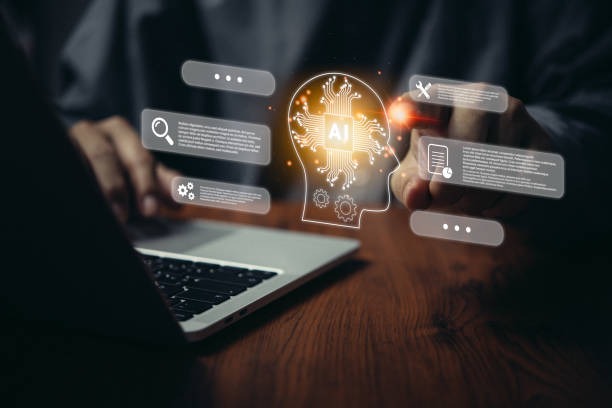In recent years, the development of generative artificial intelligence has heralded a new era in creativity and innovation. These advanced algorithms, often referred to as “machine muses,” have demonstrated an extraordinary ability to create art, music, literature, and more. This burgeoning field is not only redefining what machines can do but also challenging our understanding of creativity itself.
Generative AI refers to systems that use machine learning techniques to generate new content or ideas based on input data. Unlike traditional AI systems designed for specific tasks like image recognition or language translation, generative models are capable of producing novel outputs that mimic human-like creativity. At the heart of this technology are neural networks such as Generative Adversarial Networks (GANs) and Transformer models which learn patterns from vast datasets and apply them in imaginative ways.
One of the most striking examples of generative Image generation AI‘s capabilities is in the realm of visual arts. Artists are increasingly collaborating with these digital tools to produce works that push the boundaries of conventional aesthetics. For instance, GANs can generate images by learning from millions of existing artworks and then creating something entirely unique yet reminiscent of established styles. This synergy between human intuition and machine precision is opening up new avenues for artistic expression.
In music composition too, generative AI has made significant strides. Algorithms can now compose original pieces across various genres by analyzing patterns in melody, harmony, rhythm, and structure from extensive musical databases. Musicians are leveraging these technologies to explore uncharted soundscapes or even co-compose with their digital counterparts.
Literature is another domain where machine muses are making their mark. Language models like OpenAI’s GPT series have shown remarkable proficiency in crafting coherent narratives or generating poetry that resonates emotionally with readers. By processing vast amounts of text data, these models grasp linguistic nuances which they employ creatively when generating prose or verse.
Despite its impressive feats, generative AI raises profound questions about authorship and originality: Who owns a piece created by an algorithm? Can machines truly be creative if they merely replicate learned patterns? These debates underscore a broader philosophical inquiry into what constitutes genuine creativity—a trait long considered uniquely human.




